Cannoli Shells
Cannoli Shells are an important part of one of the most loved Italian classics and you can make them at home!
These crispy and incredibly flaky shells are what will set your dessert apart from the rest. Learn how to make cannoli shells for the best treat ever!
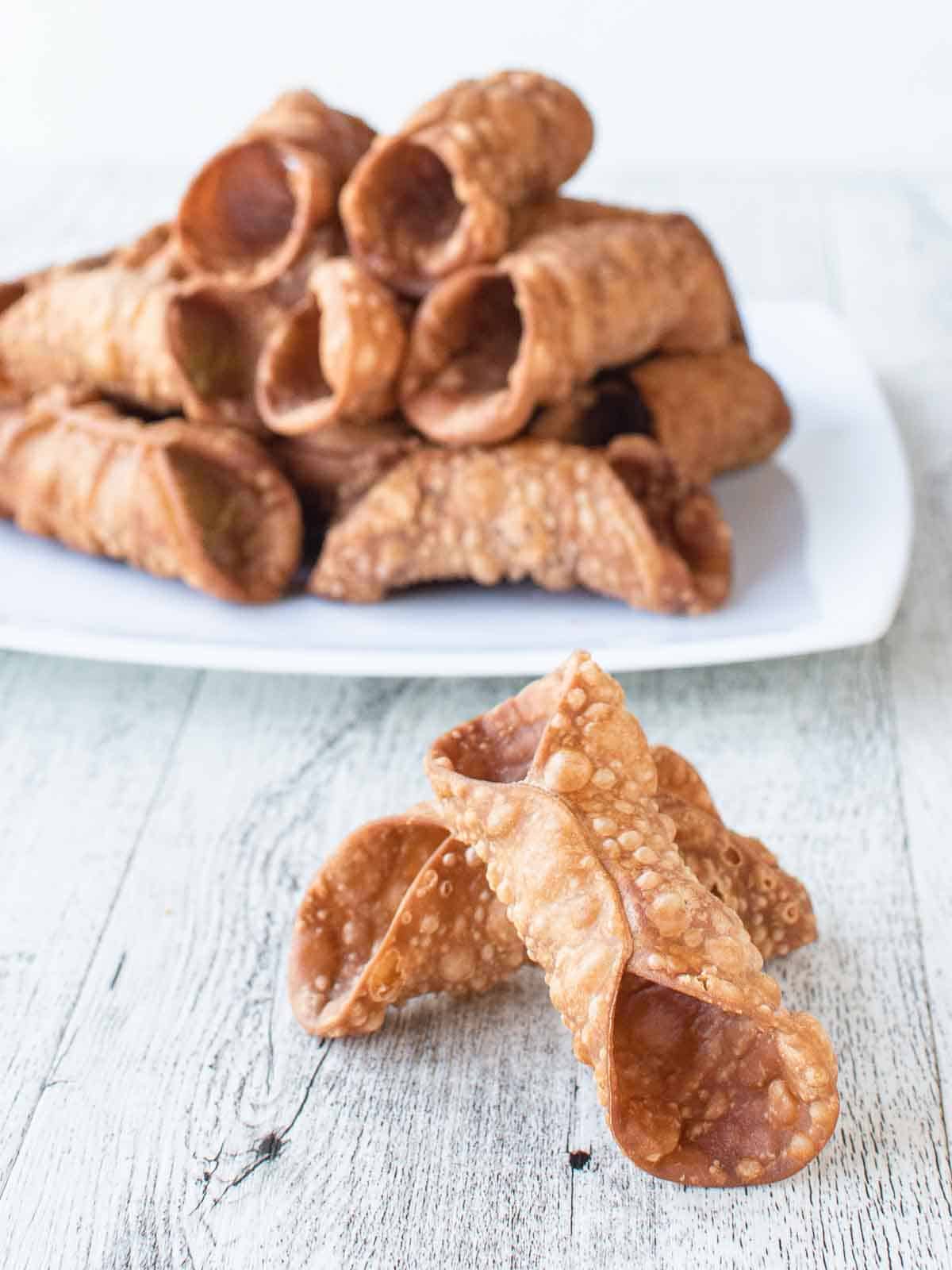
Cannoli Shells aren’t just the tube that holds a delicious cannoli filling. They are integral to the texture and taste of this Italian holiday favorite. However, store-bought shells can sometimes be hard to come by plus you’ll never beat the flavor and flakiness of homemade cannoli shells.
I have made many cannoli shells over the years but I think this recipe is the best. Just like my family recipe for crostoli, this is a recipe that I like to make for Christmas, Easter, and other special occasions. Whether filled with pastry cream or ricotta cannoli cream, homemade cannoli are hard to beat!
Why you’ll love this recipe
- Make Ahead – As well as the other Italian favorites of cuccidati, Italian butter cookies, and panforte, cannoli shells are ideal to make in advance for Christmas. Look below for storage instructions.
- Homemade goodness – You know what goes into these cannoli shells and you know what oil they’re fried in. That’s very reassuring!
- Rewarding – Imagine how proud you’ll feel when you bring out this dessert to the ooohs and aaahs of family and friends. It is achievable with my recipe and guidance. Take your time and you will be rewarded with delectable, crispy cannoli shells.
For complete ingredient quantities and full instructions, please scroll to the printable recipe card at the bottom of the page.
Ingredients
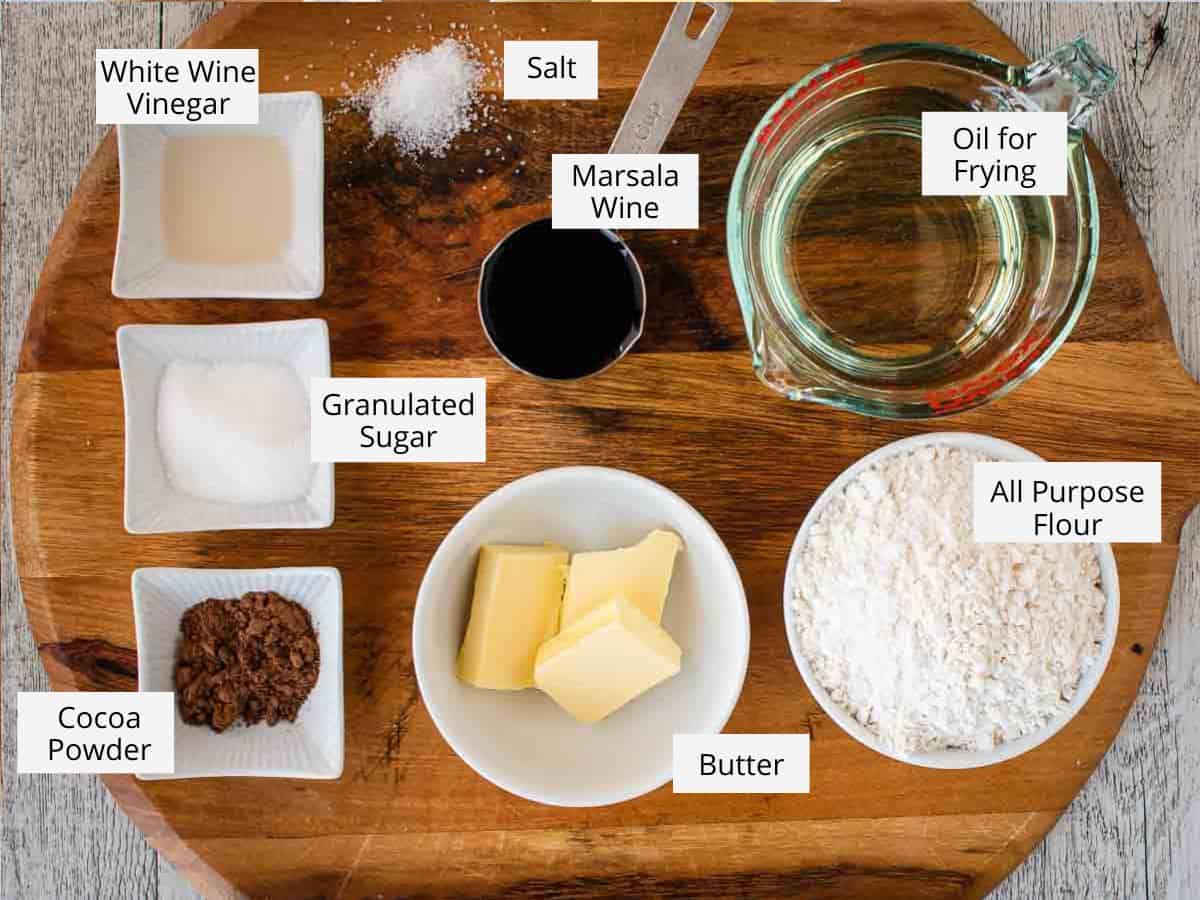
- All purpose flour – just use regular all purpose flour. This recipe doesn’t need any leavening in the form of baking powder.
- Granulated sugar – I generally use white sugar.
- Cocoa powder – you’ll find unsweetened baking cocoa in the baking aisle of the supermarket.
- Butter – it doesn’t matter whether you use salted or unsalted butter in this recipe.
- White wine vinegar – you’ll only need a little then you can use it for delicious salad dressing like my tasty Artichoke Salad.
- Marsala wine – Sweet Marsala wine is available at most liquor stores and is traditional in Sicilian cannoli.
- Egg white – save the yolk to make Torta della Nonna.
- Oil – Use an oil that is stable at high temperatures. I like sunflower or peanut oil. You may prefer vegetable oil.
See recipe card for quantities.
Instructions
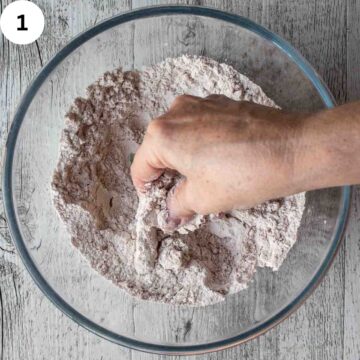
Rub the butter into the dry ingredients.
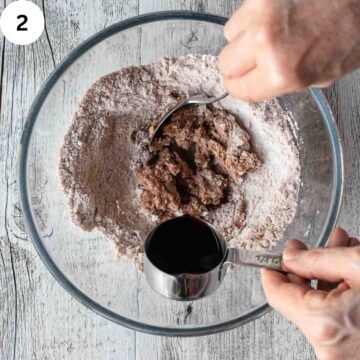
Stir in the vinegar and marsala to form a soft dough. Knead until smooth, cover and rest for 1 hour.
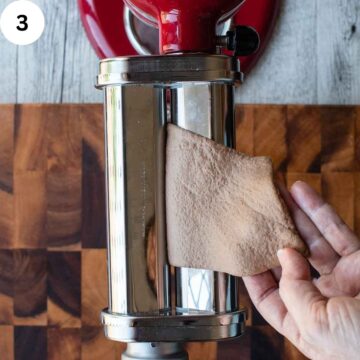
Roll the dough using a pasta machine or rolling pin until thin.
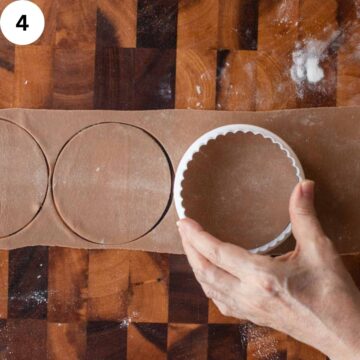
Cut out circles using a large cookie cutter.

Wrap the dough around cannoli tubes sticking the end together with egg white.

Fry in hot oil until bubbly and blistered.
Drain on paper towels and allow to cool before filling.
Hint: If you don’t have a large cookie cutter, use a saucer or small plate placed over the rolled dough then cut around the plate using a small sharp knife. You can vary the size of the cannoli. The choice is yours. Make small shells to top a spectacular Cannoli Cake (3 inch – small/medium; 4-inch – medium/large; 5-inch;- large)
Substitutions
- Butter – lard or oil can replace the butter if preferred.
- White wine vinegar – instead of white wine vinegar, you can use red wine vinegar.
- Marsala Wine – use dry white wine if you can’t find Marsala wine.
Variations
- Cinnamon flavored – add ½ teaspoon of ground cinnamon to the dry ingredients.
Equipment
You’ll need a large deep saucepan for frying the cannoli shells.
Storage
Cannoli shells last for several weeks if stored properly. Be sure to use a good airtight container. Allow to cool thoroughly before storing.
For longer storage, freeze in an airtight container. To thaw, allow to come to room temperature without removing from the container.
Top tip
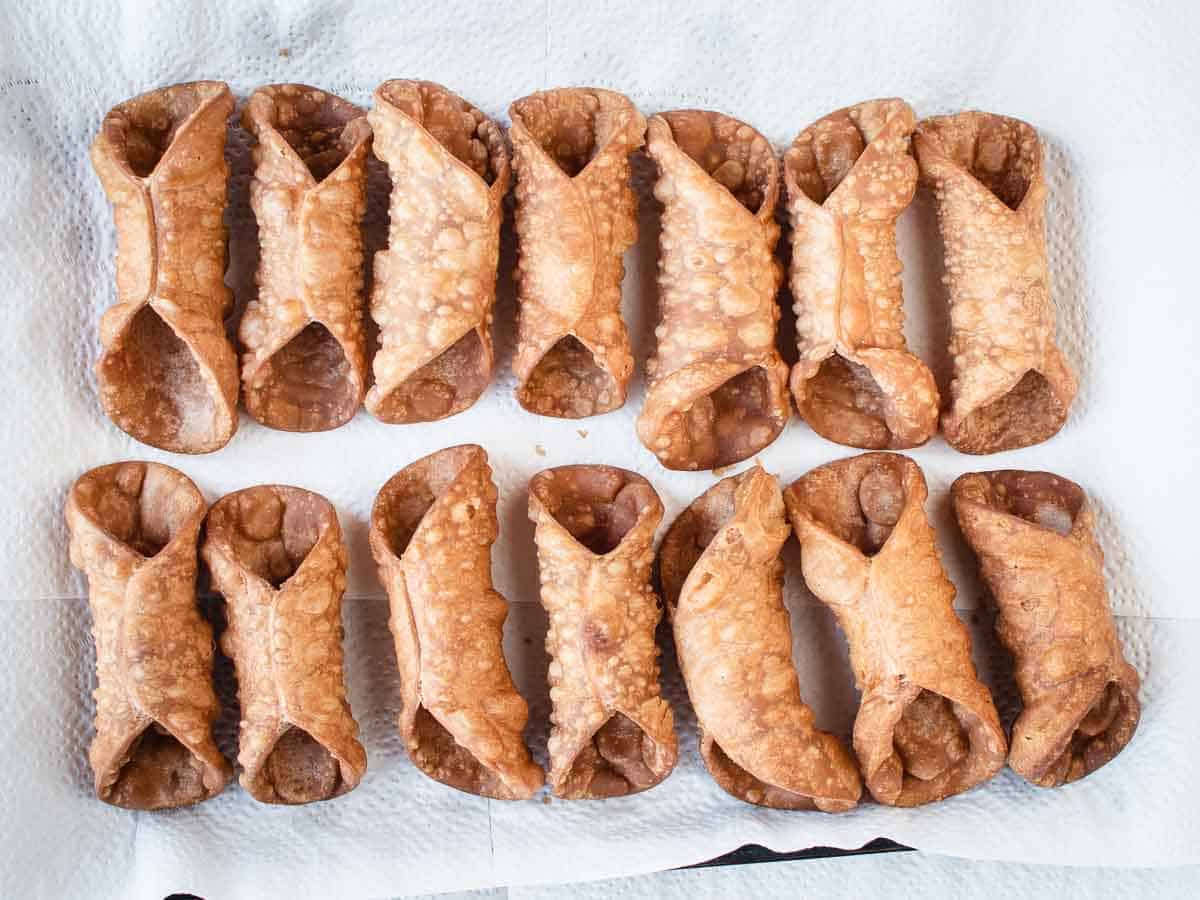
- Add the Marsala wine gradually. You may not need all of it. The same as when making pasta, flour may take more or less liquid depending on the weather and other factors.
- Be sure to let the dough rest. It will be much easier and less resistant to roll out.
- The dough must be rolled out quite thinly to create the flakiness that is sought after in good cannoli shells.
- Keep the pastry dough covered at all times when you’re not working with it. If the dough dries out, it won’t blister as well.
- Have the oil at the correct temperature and adjust regularly. If the oil is too cool, the shells will be oily. If the oil is too hot, the shells will burn.
- Take care when cooking with hot oil. Use a slotted spoon to lower the cannoli shells into the oil so that it doesn’t accidentally splash. When removing the cannoli mold, let it cool for a few minutes then use a thick kitchen towel to protect your hands and tongs to carefully remove the mold. Remember the the steel mold will be very hot.
- Not all shells will be successful. Some may break open or the seal may not hold but don’t throw them away. Break them up into large cannoli chips and serve with cannoli filling or mascarpone cream.
FAQ
Cannoli Shells are made of flour, sugar, and butter moistened with a little vinegar and Marsala wine. Vinegar and marsala help create the flaky texture characteristic of cannoli shells. The dough is very similar to an eggless pasta dough.
I recommend sunflower or peanut oil to fry cannoli shells. Both these oils are stable at high temperatures and don’t have a strong flavor which is ideal when frying.
Storing cannoli shells in an airtight container is the best way to keep them crispy. If you are keeping them for any longer than 4 or 5 days, freeze the unfilled shells for up to one month. Shells can be refreshed in an oven at 250ºF (120ºC) for just 5 or 10 minutes. Simply lay the shells on a wire rack over a baking sheet then bake to crisp.
Serving Suggestions

Whether filled with vanilla pastry cream or ricotta cannoli cream with chocolate chips, homemade cannoli are hard to beat! Go the extra mile and make homemade whole milk ricotta cheese for the filling. Either way Cannoli Shells should be filled and dusted with powdered sugar just before serving or the shell will go soggy.
Made this recipe?
Please let me know if you liked it by leaving a ★★★★★ star rating and a review below. And remember to subscribe to my newsletter – it’s free!

Cannoli Shell Recipe
Ingredients
- 1 cup (125 grams) all-purpose flour
- 1 tablespoon (12 grams) sugar
- 1 teaspoon (5 grams) cocoa powder
- ¼ teaspoon salt
- 1 ½ tablespoons (21 grams) butter salted or unsalted
- 1 teaspoon (5mls) white wine vinegar
- ¼ cup (60mls) sweet or dry Marsala wine or dry white wine
- 1 egg white
- 6 cups oil for frying sunflower or peanut oil recommended
Instructions
- In a large mixing bowl, combine the all purpose flour, sugar, cocoa powder, and salt. Use your fingertips to rub the butter into the dry ingredients.
- Make a well in the center and stir in the white vinegar and enough marsala wine to make a soft dough.
- Turn the dough out onto a lightly floured surface and knead until smooth. Shape the dough into a ball. Cover with plastic wrap and let rest in the fridge for 1 hour or overnight.
Using a rolling pin to roll
- Cut the dough into two pieces. Keep the remaining dough covered while you work.
- Lightly flour a large cutting or pastry board and roll the dough until thin, about 1/16 to 1/8” thick.
Using a pasta machine to roll
- Cut the dough into four pieces. Keep the remaining dough covered while you work.
- Lightly flour the rollers of the pasta machine and the work surface.
- With your hand or a rolling pin, flatten the dough slightly to make it easier to feed through the pasta machine rollers.
- Set the rollers at the widest setting and guide the dough through the rollers.
- Fold the dough into thirds and pass again through the widest setting. Continue repeating this until the dough is smooth. It may take 6 to 8 repetitions to achieve that. Use a little bit of flour to stop sticking and tearing.
- If the dough does tear, simply fold it again and pass it through the rollers.
- Once it is smooth, reduce the width of the rollers and pass the length of dough through to thin it.
- Roll out thinly about one-eighth of an inch or slightly thicker – about 2 – 3 millimeters. (#5 on the KitchenAid pasta roller)
Cutting and shaping the cannoli
- Cut out rounds of the rolled and thinned dough using a 4 inch round cookie cutter or 10cm round cookie cutter. Roll it slightly into an oval.
- Roll around cannoli tubes sealing with a dab of egg white. Keep covered so that the pastry dough doesn't dry out. Ideally, have the oil hot and fry as you roll the cannoli. See below for frying instructions.
- Repeat with the remaining dough adding in any leftover pieces.
Frying
- Heat the oil in a large, deep saucepan over medium-high heat. The oil should be about 3 inches deep.
- When the oil has reached 374ºF (190ºC) carefully lower a cannoli in using a slotted spoon.
- You will know if the oil isn’t hot enough if the cannoli don’t sizzle and blister quickly.
- Fry only one or two at a time. Hold them off the bottom until they start to blister (just a few seconds). Will take about 30 seconds to 1 minute to cook if the temp is right. Take care not to burn the cannoli. Check the temperature and adjust the heat regularly.
- Remove from the oil using tongs. Then use tongs and a fork to slide the tubes out of the cannoli shells while hot. Set aside on paper towels to drain and cool completely.
Notes
- Add Marsala wine gradually as you may not need all of it.
- Let the dough rest.
- Roll the dough as thinly as specified in the recipe. This may take a bit of adjusting after you fry the first one or two.
- Don’t let the dough dry out – keep covered and fry as you roll and prepared the dough on the cannoli molds.
- Heat the oil to the correct temperature and adjust as needed
- Take care when frying with hot oil. Turn saucepan handles in. Use long tongs and slotted spoons to handle the hot cannoli.
- The nutritional content is calculated on using an average of 10% of the oil. This may vary depending on frying conditions.
- This recipe may make more or less than 12 cannoli shells. It all depends on how thin you roll the dough and the size of the circles you cut.
Nutritional Estimate Per Serving
Nutritional Disclaimer
Nutritional information is an estimate provided by an online nutrition calculator. For accurate results, it is recommended that the nutritional information be calculated based on the ingredients and brands you use.


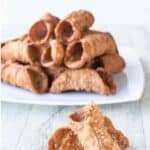
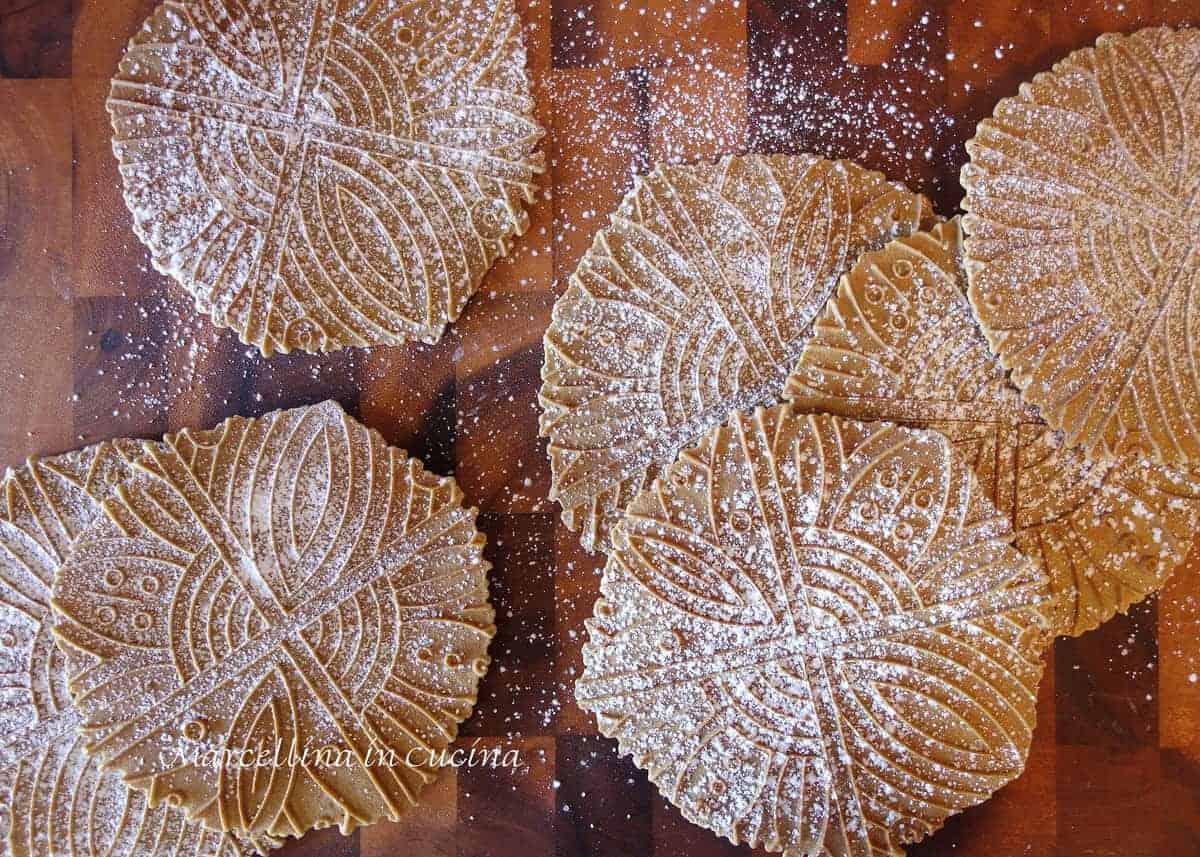
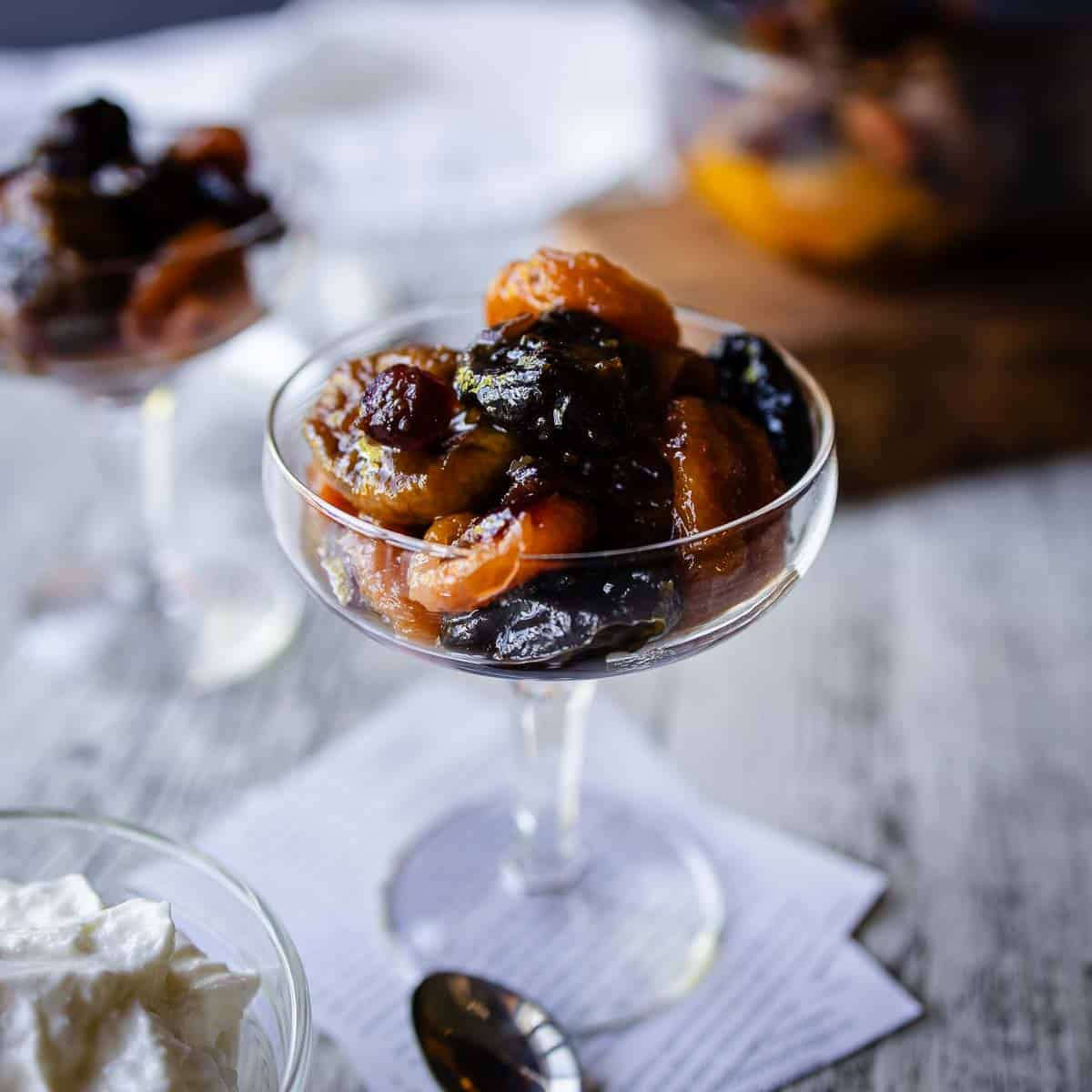
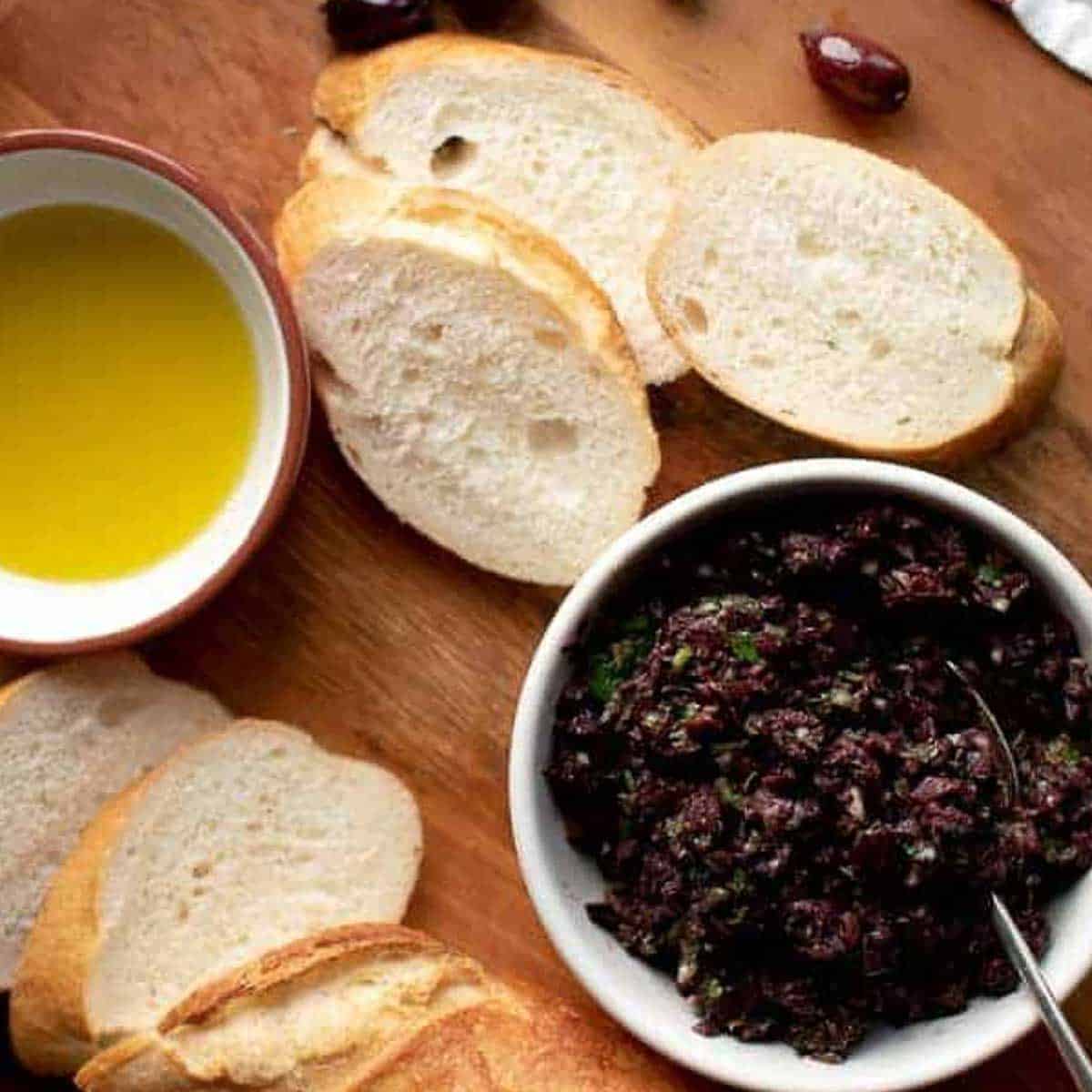
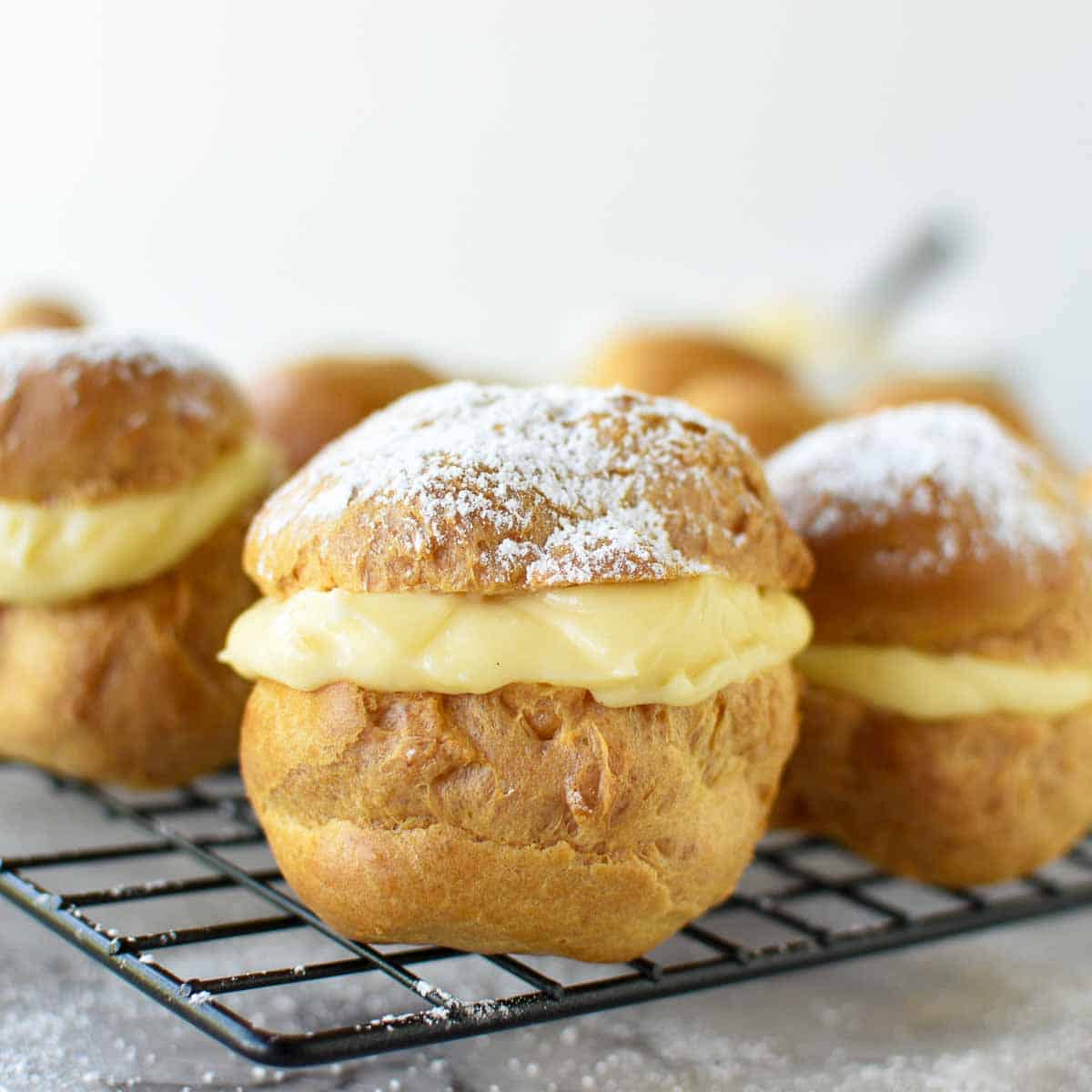
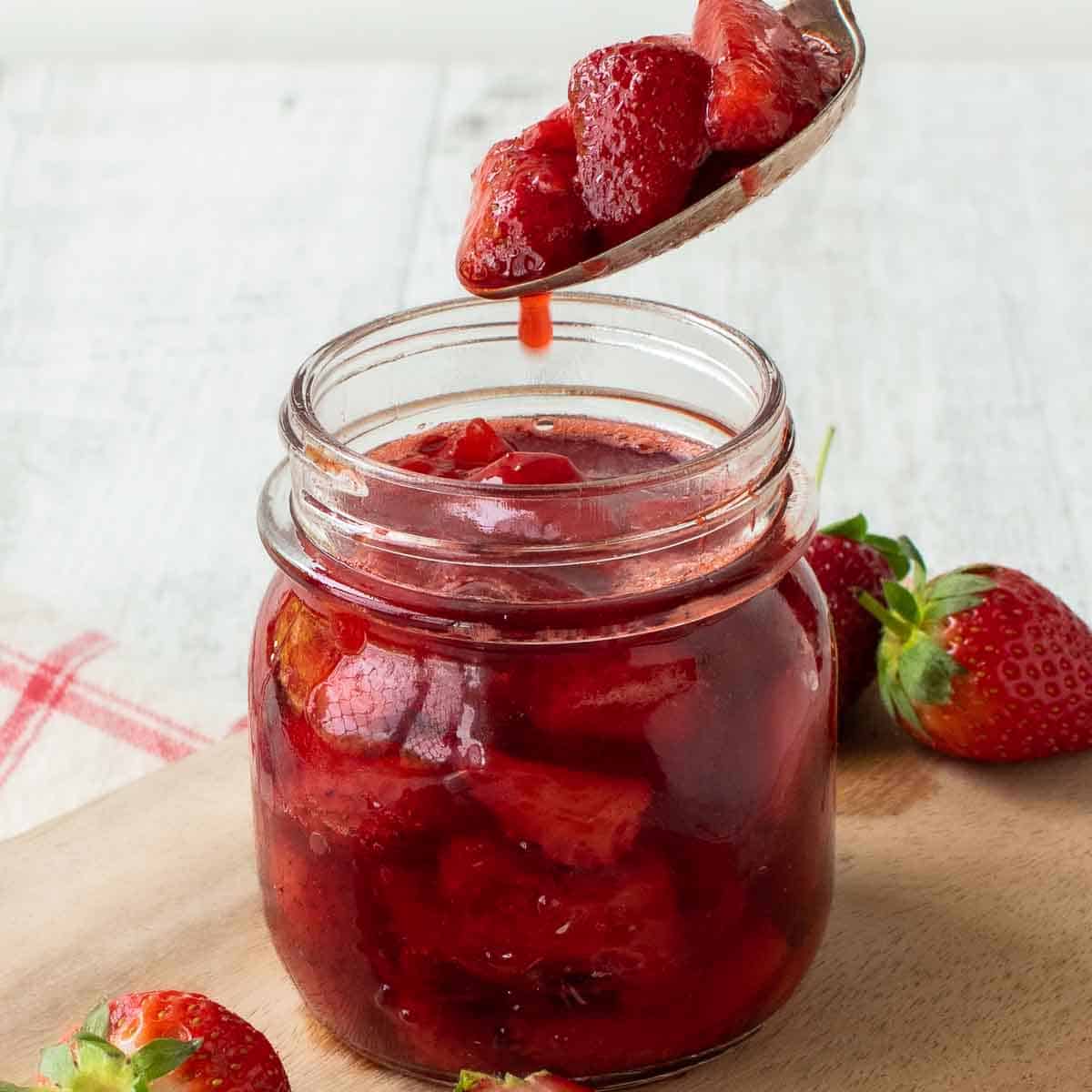

can 00 flower be used in place of all purpose flour?
Yes, Grace, I think it could. While I haven’t used 00 flour, I can’t see any reason for it not to work.
Hi, I rate this recipe before trying to make cannoli. First of all I like to say thank you. You are doing a very good job here and posting very delicious food recipes. I like to read it, to see the pictures and sometimes I cook it. If I like it. I travel about 20 years to Italy, because I love this country. My advantage is to be more nearest than you. I live in Germany.
Back to this recipe I have questions. What can I use if I don’t have Cannoli rolls and why are you use dry white wine if you haven’t Marsala at home? Marsala for me is very sweet and red. Dry white wine is completely the difference.
Again thank you for your work.
Hello Jens! Actually you can use dry Marsala or even red wine. The alcohol helps create the bubbles as does the vinegar.